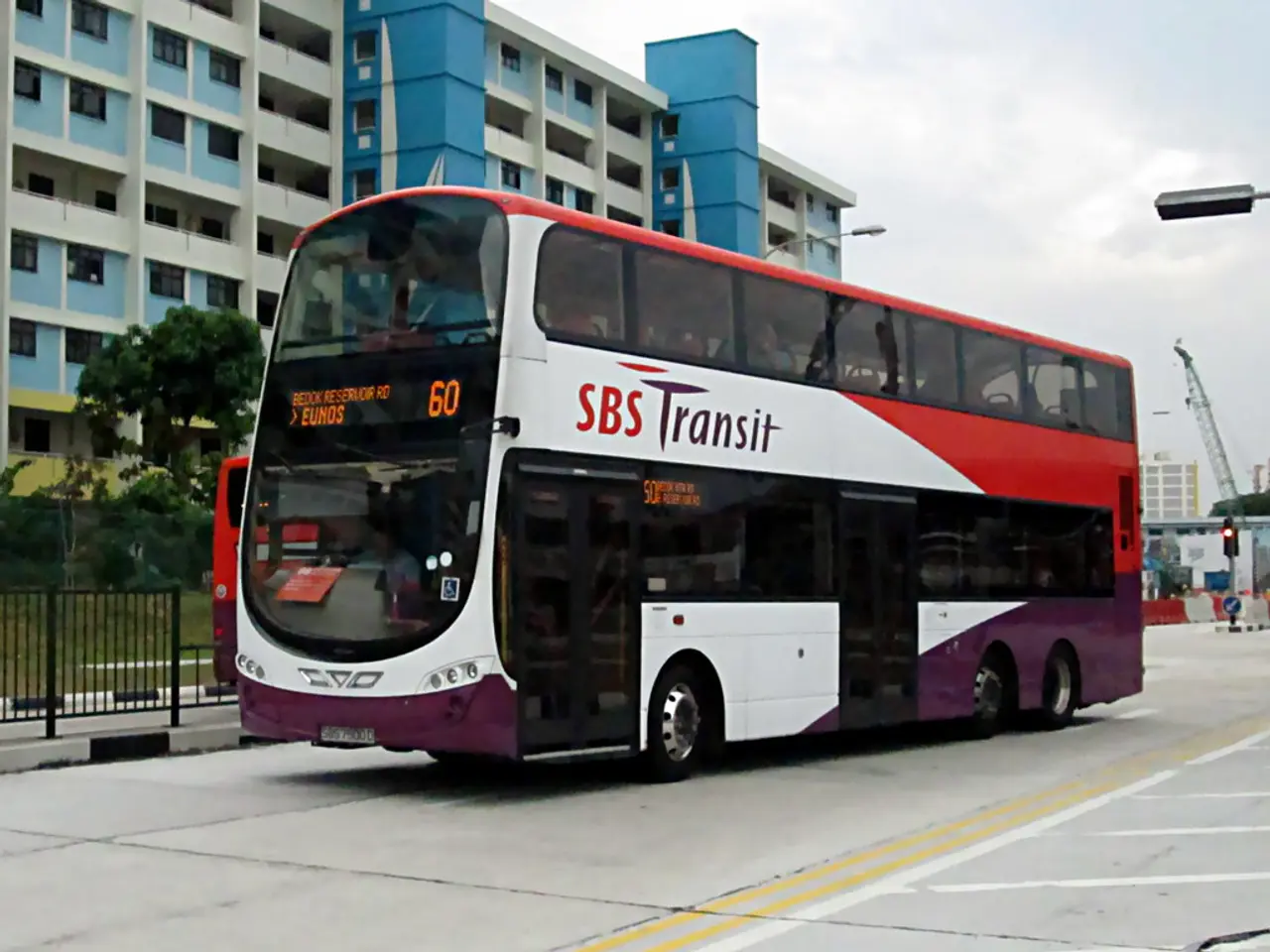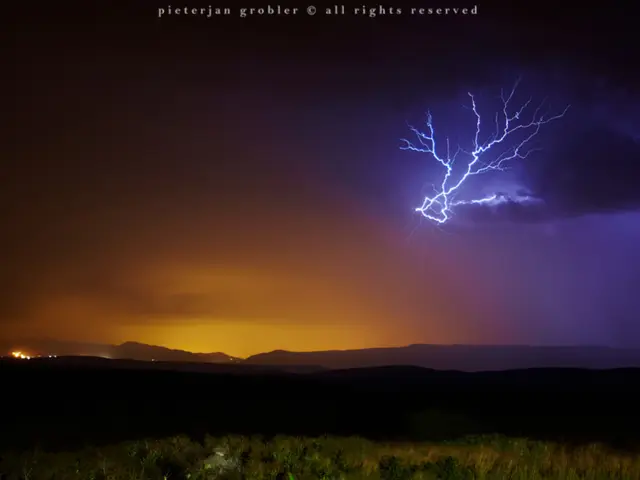Government to offer electricity at lower rates than those provided by K-Electric, according to the Sindh minister's statement.
In a significant move, the Sindh government has announced plans to supply electricity to Karachi's industrial and residential consumers at a cheaper rate than K-Electric, marking a potential disruption to the power supplier's monopoly in the city.
The announcement was made by Syed Nasir Hussain Shah, Sindh Minister for Energy, Planning and Development, at a multi-stakeholders conference titled 'Competitive Electric Market in Pakistan'. The conference was organised by the Pakistan Business Forum (PBF) and think tank Renewables First.
The electricity will be generated in Sindh and transmitted through the Sindh Transmission and Dispatch Company (STDC). The primary focus of the SEPRA (Sindh Electric Power Regulatory Authority)-supplied electricity is on economic zones.
The implementation of SEPRA is projected to provide significantly lower electricity prices for Karachi's industrial and residential consumers compared to K-Electric. However, the actual price impact depends heavily on how effectively Sindh manages power sourcing, infrastructure reforms, and competitive market implementation.
SEPRA intends to regulate electricity transmission via the STDC at provincially set tariffs, which are expected to be more affordable than K-Electric’s current rates. The Sindh government and officials have publicly stated that SEPRA’s electricity rates will be lower than those charged by K-Electric, reflecting a policy shift towards affordable energy for Karachi.
However, the SEPRA framework faces significant challenges that could limit the impact on prices. Many cheaper power plants, including nuclear facilities, fall under federal control, and the federal government is unlikely to prioritize Karachi or Sindh for preferential electricity supply. Consequently, Sindh may have to rely on more expensive local coal or imported fossil fuels, which could keep costs from decreasing substantially or even increase them.
There are also concerns about the transmission and distribution infrastructure’s efficiency and governance in Sindh. Existing distribution companies (DISCOs) suffer from high technical losses, poor recovery, and safety issues, which if unaddressed, may undercut SEPRA’s goal of lowering tariffs effectively.
The first SEPRA-supplied electricity will be provided to the K-IV project's grid. The tariffs for the electricity will be set independently by the Sindh government, not linked to NEPRA's (National Electric Power Regulatory Authority) rates. The Sindh Assembly has given constitutional approval to SEPRA.
The issue of high capacity charges of Independent Power Producers (IPPs) could be resolved by establishing more industries. The electricity will be supplied under the SEPRA system, provided the transmission network remains with STDC.
It's worth noting that the federal government has been asked to have one representative from the federation and the remaining two from Sindh in K-Electric's board. However, at present, there is no representation of Sindh in K-Electric's board, with three directors from the federal government.
Providing affordable electricity to the business community and the public is the vision of President Asif Ali Zardari and Chairman Bilawal Bhutto Zardari. Citizens of Karachi will benefit from the SEPRA system, provided the transmission network remains with STDC. The implementation of SEPRA is part of a broader push for a competitive electricity market in Sindh, moving beyond monopolies through mechanisms like the Competitive Trading Bilateral Contracts Market (CTBCM), aiming for transparency and consumer choice.
Read also:
- Tesla is reportedly staying away from the solid-state battery trend, as suggested by indications from CATL and Panasonic.
- California links 100,000 home storage batteries through its Virtual Power Plant program.
- Fortnite supporters experience uncertainty as Epic Games criticizes the CMA for postponing the iOS release in the UK
- Financial regulatory body examines potential instability of Decentralized Finance (DeFi) and cryptocurrencies as they approach a significant growth milestone, known as "critical mass".






